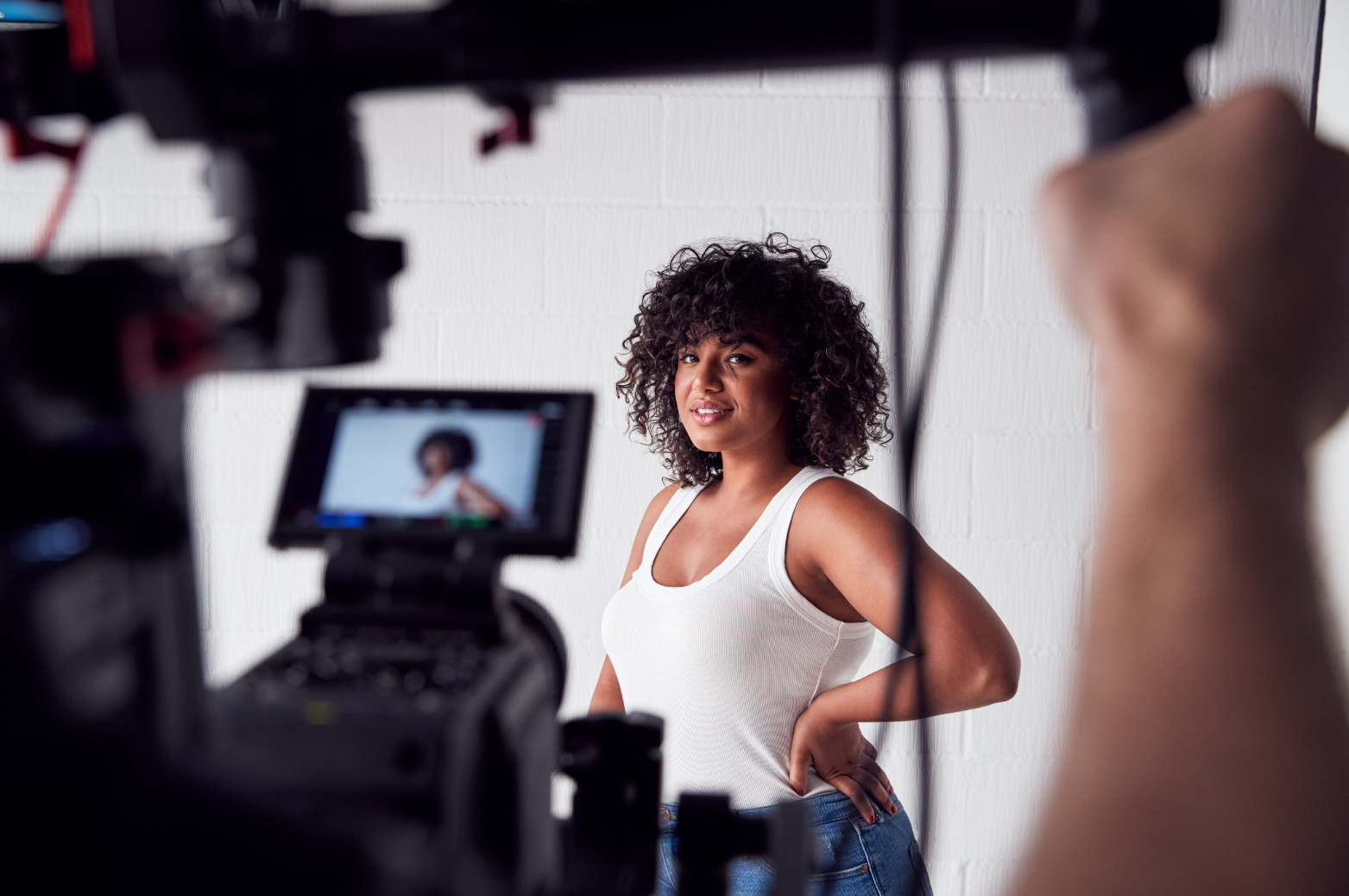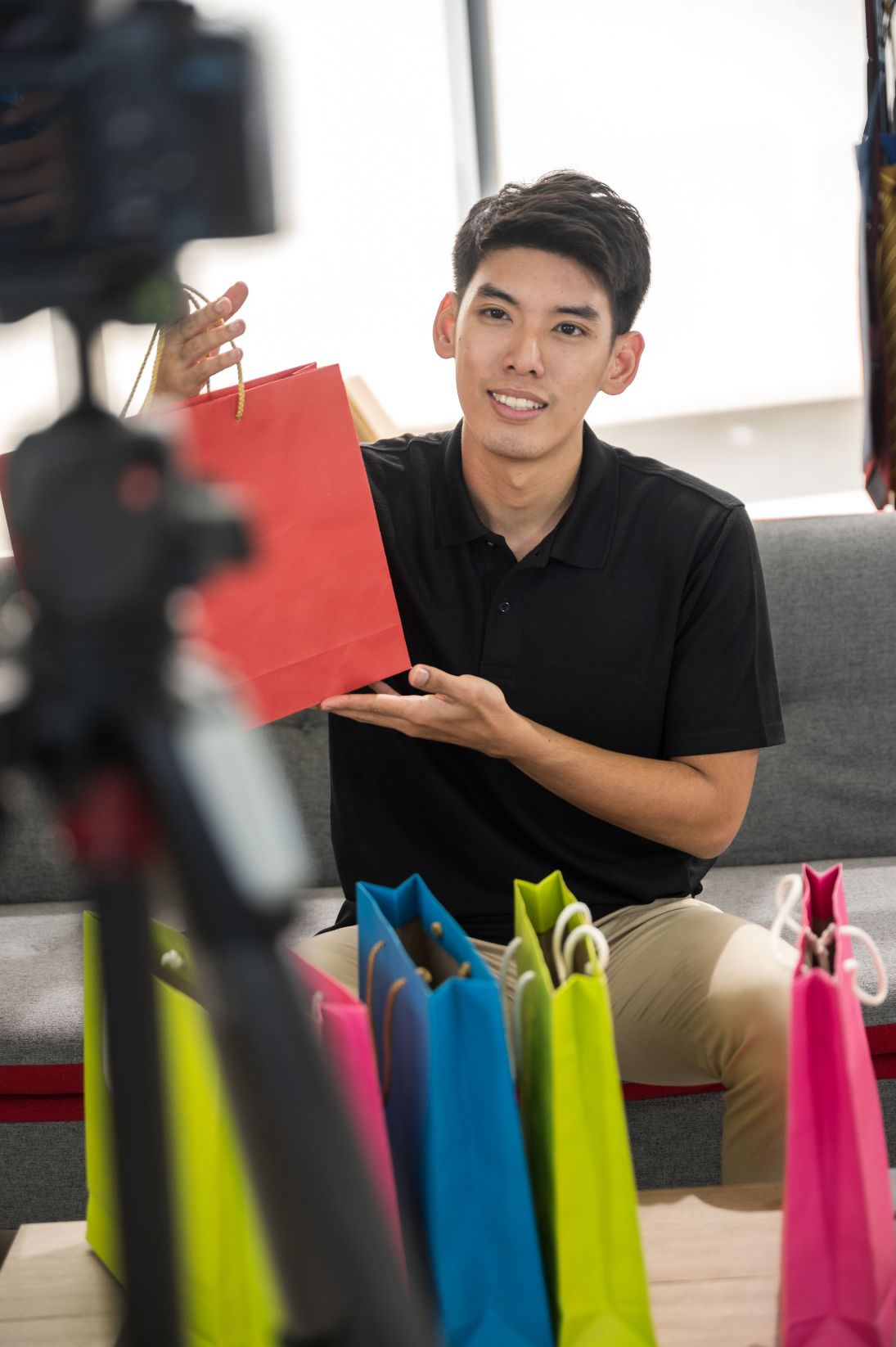Ace your Next Shoot: 7 Green Screen Tips and Best Practices

Are you tired of bland and boring backgrounds in your videos? Want to transport your viewers to any location, fantasy world, or outer space?
With a green screen, the possibilities are endless! From showcasing exotic cuisine to demonstrating workout routines in exotic locations, green screen technology can help your agency create visually stunning videos that capture your clients' brand essence and captivate their audience. Sounds intriguing, right?
Well, in this blog post, we're going to share 7 insider tips and best practices to help you achieve jaw-dropping green screen shots that will captivate your audience and elevate your video production skills. From setting up your equipment and lighting to choosing the right background, clothing, and props, to camera settings, keying, and post-production video editing green screen, we've got you covered. So, buckle up and get ready to unleash your creativity with green screen magic!
Green Screen for Videos
A green screen is a blank green background that can be used to add computer-generated graphics to produce special effects in a movie. Chroma key is the technique used in video production to replace the background of a shot with any desired image or video. This allows for the creation of dynamic and engaging visual effects and is commonly used in films, TV shows, and commercials. Green screens allow video editors to replace the green background with any other image or video. This is useful in creating visually appealing videos with unique backgrounds, such as weather reports, and music videos to create surreal and otherworldly environments. No wonder 93% of organizations today still use green screen applications.
But how can you use the green screen for your video production projects?
7 Green Screen Tips and Best Practices
- Set up your equipment and lighting properly
To achieve high-quality green screen shots, it's crucial to set up your equipment and lighting properly. This includes choosing the right camera, green screen backdrop, and lighting setup. Make sure to evenly light the green screen and subject, avoiding any harsh shadows or reflections.
Best Practices for Lighting for a Green Screen Set
Proper lighting is crucial when shooting with a green screen. To ensure that your green screen shots are well-lit and free of color spills or variations, use the below listed best practices for lighting for a green screen set:

- Use soft, even lighting
The key to successful green screen lighting is to use soft, even lighting that eliminates shadows and ensures a consistent color tone across the green screen. Place two lights on either side of the green screen, angles towards each other. Avoid harsh or directional lighting that can create unwanted shadows and cause color variation in the green screen.
- Light the green screen separately from the subject
To avoid color spills and ensure a clear separation between the subject and the green screen, it's important to light them separately. Use separate lighting setups for the green screen and the subject, positioning the lights at different angles to avoid shadows of the subject on the screen.
- Position the lights at a 45-degree angle
Position the lights at a 45-degree angle to the green screen to avoid any glare or reflections. This will also help create a natural-looking gradient across the green screen, which will make it easier to key out in post-production.
The green screen has to be lit evenly throughout, and avoid wrinkles and crumbles on the screen. Make sure green is not spilled or reflected on the subject.
To learn more about Lighting read our blog, Cinematography - The Art and Craft of Lighting and Lens for the Moving Image
- Choose the right background, clothing, and props
Select a background that matches the mood and style of your video. To make it more realistic, choose a background that has shadows on the same side as the subject. It's also important to choose clothing and props that contrast well with the green screen to avoid any color spill.
Consider using markers or reference points to help with tracking and alignment, creating a seamless final product.
Things to keep in mind (what not to wear)
- Green! It’s pretty obvious that the whole purpose of using a green screen gets lost when the actor wears green. If you don’t want your actor to look like floating heads and arms, we suggest you ask them to avoid wearing any kind of green (moss, olive, kaki, all included).
- Patterns. Some patterns flicker on the camera making it distracting, so it is better to avoid any patterns altogether.
- Frizzy Hair. It becomes difficult to work with the nitty-gritty details like frizzy hair and fly-away lint on clothes. Get your actor hair gel and you are good to go.
- Adjust camera settings for optimal results
Adjust your camera settings to ensure proper exposure and focus. Consider shooting in a higher resolution and frame rate to capture more detail and allow for smoother motion in post-production.

Camera Settings for Shooting Green Screen
- Set a low ISO: Set your ISO as low as possible to reduce noise and create a cleaner image. A good starting point is ISO 100 or 200.
- Adjust the shutter speed: Shutter speed is the amount of time that the camera's sensor is exposed to light. A general rule of thumb is to use a shutter speed that is twice the frame rate. For example, if you are shooting at 24 frames per second, your shutter speed should ideally be around 1/80th Or 1/100 of a second depending on the kind of movement happening on the screen.
- Use a neutral color profile: Using a neutral color profile such as a flat or log profile can help preserve more detail in the shadows and highlights and make it easier to color grade in post-production.
- Use proper keying techniques
Using proper keying techniques is essential when working with green screen footage to separate the subject from the screen. Keying is the process of removing the green screen background and replacing it with a new background or composite. Here are some keying techniques that you should consider when working with green screen footage:
- Use high-quality keying software: There are many software programs available for keying green screen footage, and it's important to use high-quality software that is appropriate for your level of experience. Some popular options include Adobe After Effects, Adobe Premiere Pro, and Da Vinci Resolve.
- Use a high-quality keying plugin: If you are working with a software program that supports plugins, consider using a high-quality keying plugin. Keylight, the default plugging works great and provides high-quality results.
- Adjust the keying parameters: Keying parameters such as the key color, spill suppression, and edge blending can be adjusted to create a more accurate and seamless composite. It's important to take the time to fine-tune these parameters to get the best results.
- Consider the Movement of your Subject and Camera
When shooting with a green screen, it's important to consider the movement of both your subject and camera. This is because any movement can affect the accuracy of your keying and the quality of your final composite. Here are some factors to consider when dealing with movement:
- Subject movement: Any movement by your subject can affect the accuracy of your keying. For example, if your subject moves too close to the green screen, it may cast a green reflection onto their skin or clothing, which can make keying more difficult.
- Camera movement: Camera movement can also affect the accuracy of your keying. For example, if the camera moves too muc during the shoot, it can cause the green screen to shift, resulting in an inconsistent key. It's important to make sure that background and subject move accordingly.
- Lighting changes: If the lighting changes between shots, it can make keying more difficult. To avoid this, make sure the lighting conditions remain consistent throughout the shoot.
- Take your time with the setup and shooting

Green screen can be a time-consuming process, but taking your time with the setup and shooting can save you time and frustration in post-production.
- Make sure to test your lighting and equipment before the shooting.
- Take multiple shots from different angles and distances to have more options to work with in post-production.
- Include a reference object in your shot, such as a color chart or gray card, to make it easier to match the color and lighting of your footage in post-production.
- Pay attention to post-production editing
In post-production, editing the green screen involves tweaking the key, adding shadows and reflections, and adjusting the color balance. You can also add background elements and effects to create a seamless and realistic final product.
It's important to use proper keying techniques and pay attention to detail to ensure that your subject looks natural and that there are no visible artifacts or edges around your subject and use color grading techniques to match the lighting and color of your green screen footage with the background.
This will ensure you achieve a seamless composite. Adding shadows, highlights, or other visual effects can create a more dynamic and engaging final product.
Conclusion
Green screen technology is a powerful tool for video production that can help you achieve creative and visually stunning results. By following the green screen tips and best practices outlined in this article, you can ensure that your green screen footage looks professional and seamless, from setup to post-production editing green screen.
Remember to pay attention to lighting, camera settings, and keying techniques, as well as to take your time with the shooting process to avoid frustration and errors in post-production. With the right approach, a green screen can elevate your video production and take it to the next level. Looking for a green-screen video shoot for your business? Contact us now.


